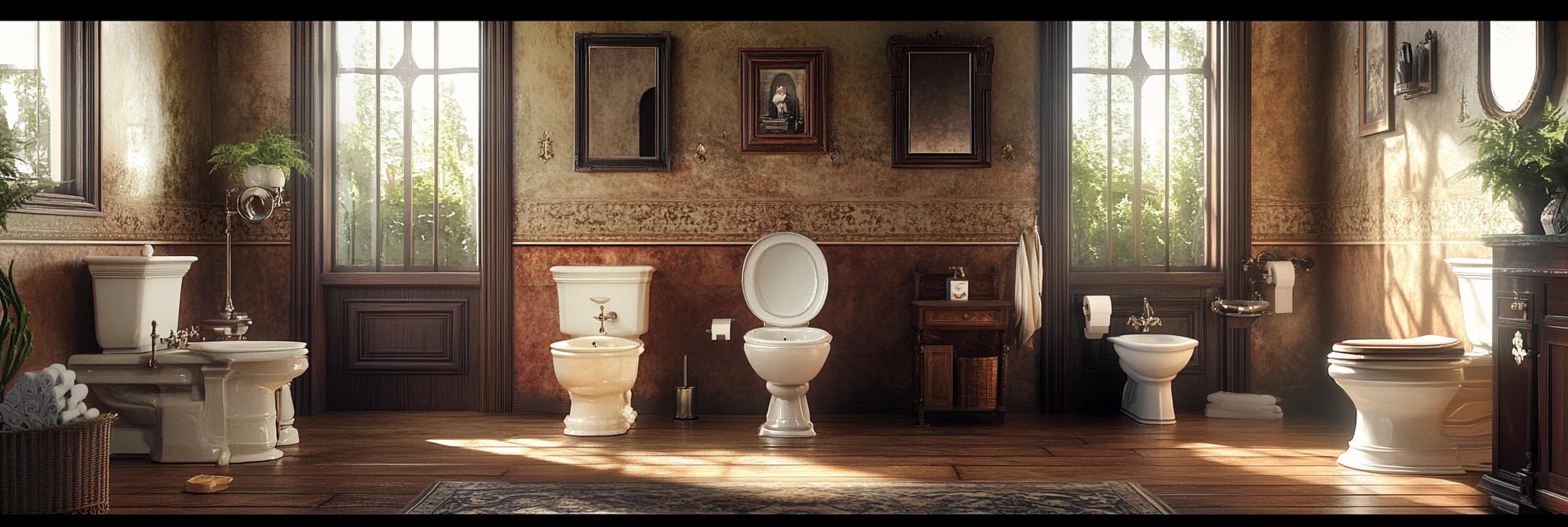The toilet is a vital component of modern sanitation, yet its evolution is often overlooked. From ancient relief systems to contemporary innovations, the toilet's history reveals much about societal progress and cultural attitudes toward hygiene.
The earliest known toilets date back to around 2500 BC in the Indus Valley civilization, where sophisticated drainage systems allowed for improved sanitation. Meanwhile, in Ancient Rome, public latrines became social hubs, demonstrating a communal approach to hygiene.
However, the Middle Ages saw a decline in sanitation practices, as many cities relied on open sewers, leading to widespread disease. The invention of the flush toilet in the late 16th century was a turning point, pioneered by Sir John Harington. This innovation paved the way for modern sanitation methods.
The Industrial Revolution marked a significant shift in toilet design and technology. The introduction of indoor plumbing and sewage systems drastically improved public health and revolutionized domestic life. Toilets became symbols of status, with ornate designs reflecting the wealth of their owners.
Toilets reflect cultural attitudes toward privacy, cleanliness, and social norms. In Western cultures, individual bathrooms embody personal privacy, whereas in some Eastern societies, communal toilet spaces promote social interaction.
Moreover, the toilet's role in public health cannot be underestimated. Effective sanitation has been critical in reducing disease transmission, showcasing the toilet's importance beyond mere convenience.
Today, the quest for eco-friendly toilets and water conservation has led to innovations such as composting toilets and low-flow flush systems. Additionally, smart technology is integrating with toilet design, offering improved functionality and user comfort.
The toilet's evolution tells a rich story of human innovation, cultural values, and public health. Understanding this history enhances our appreciation for this essential technology that plays a significant role in everyday life.

